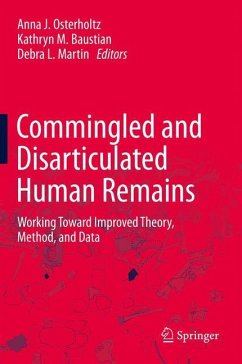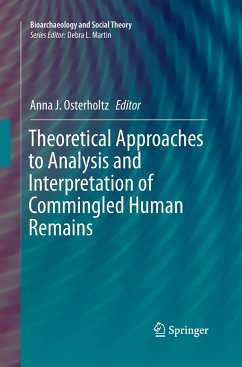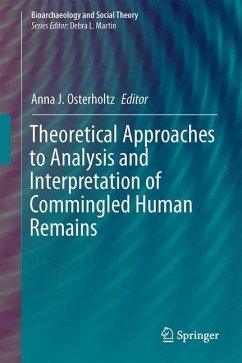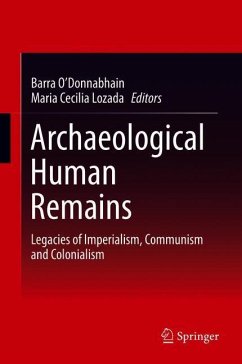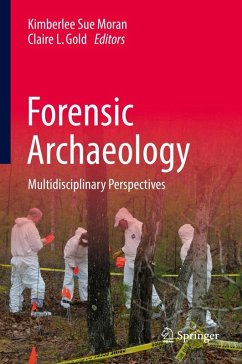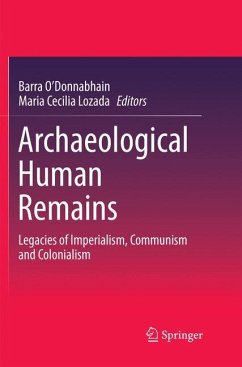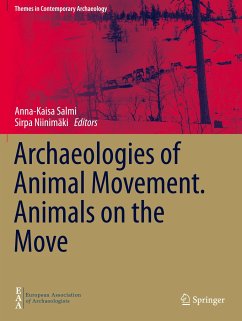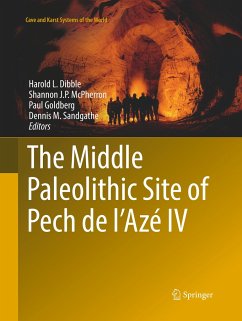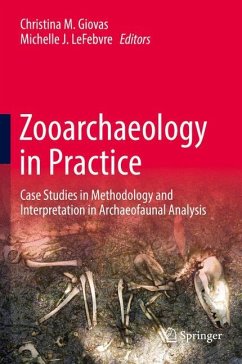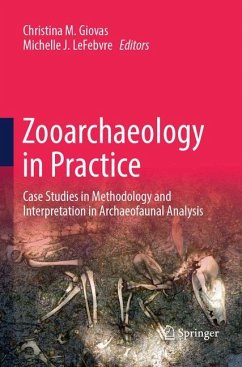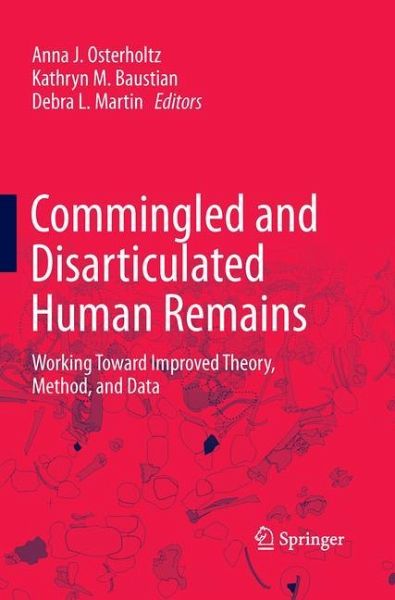
Commingled and Disarticulated Human Remains
Working Toward Improved Theory, Method, and Data
Herausgegeben: Osterholtz, Anna J.; Baustian, Kathryn M.; Martin, Debra L.
Versandkostenfrei!
Versandfertig in 6-10 Tagen
76,99 €
inkl. MwSt.

PAYBACK Punkte
38 °P sammeln!
Commingled and Disarticulated Human Remains:Working Toward Improved Theory, Method, and Data brings together research that provides innovative methodologies for the analysis of commingled human remains. It has temporal and spatial breadth, with case studies coming from pre-state to historic periods, as well as from both the New and Old World. Highlights of this volume include: standardizes methods and presents best practices in the field using a case study approach demonstrates how data gathered from commingled human remains can be incorporated into the overall interpretation of a site explore...
Commingled and Disarticulated Human Remains:Working Toward Improved Theory, Method, and Data brings together research that provides innovative methodologies for the analysis of commingled human remains. It has temporal and spatial breadth, with case studies coming from pre-state to historic periods, as well as from both the New and Old World. Highlights of this volume include:
standardizes methods and presents best practices in the field using a case study approach
demonstrates how data gathered from commingled human remains can be incorporated into the overall interpretation of a site
explores best way to formulate population size, using commingled remains
Field archaeologists, bioarchaeologists, academic anthropologists, forensic anthropologists, zoo archaeologists, and students of anthropology and archaeology will find this to be an invaluable resource.
standardizes methods and presents best practices in the field using a case study approach
demonstrates how data gathered from commingled human remains can be incorporated into the overall interpretation of a site
explores best way to formulate population size, using commingled remains
Field archaeologists, bioarchaeologists, academic anthropologists, forensic anthropologists, zoo archaeologists, and students of anthropology and archaeology will find this to be an invaluable resource.





